Shuhe Ancient Town
Shuhe ancient town, Naxi language called "Shaowu", because the village after the gathering of Baoshan like a pile of peaks, to mountain village, spread mutation, meaning "village under the peak," is one of the earliest settlements of Naxi ancestors in Lijiang Bazi, is an important well-preserved town on the ancient tea-horse road.
It is also a living specimen of Naxi ancestors'transition from agricultural civilization to commercial civilization, and a model of market town construction formed by opening to the outside world and the activities of horse gangs. Shuhe is an important part of the world cultural heritage Lijiang ancient city. It was selected as CCTV "China Charming Town" in 2005.
The ancient town of Shuhe is located at 26 degrees north latitude 55 minutes, 100 degrees east longitude 12 minutes. The ancient town of Shuhe is situated near the mountains and rivers, with its houses scattered in all directions, facing the rural terraces and strangers; the Yulong in the north, the Xiangshan in the southeast, and the Wenpen in the southeast, with its changing scenery, especially the two springs at the head of the village, one of which is called the Jiudinglong Pond, also known as the Longquan. At the core of all the scenic spots in Lijiang, it is the key point to visit the ancient city of Lijiang, Yulong Snow Mountain, Lugu Lake, the first bay of the Yangtze River and the scenic spot of the three parallel rivers.
From the ancient city of Lijiang to the north, about four kilometers along the road to the east of Zhongji Sea, we can see a dense village at the foot of the hills on both sides, which is called Shuhe ancient town of Qingquan Town. When Xu Xiake traveled to Zhishan to get rid of the forest, he once walked this way. In his account, he wrote: "After a dry stone bridge, looking west into the Zhonghai Sea, Liu Shaanbo lingering, there is a big settlement on it, is the Tenth Harmony Court." "Ten harmony" is the ancient name of the ancient town of Shuhe today. The ancient tea-horse road, which opened in the Tang Dynasty, traveled from southern Yunnan to Lhasa, Tibet via the Lijiang River. Its operation and development in the Tang, Song, Yuan, Ming and Qing Dynasties promoted the economic and cultural exchanges among the people of all ethnic groups along the line. Shuhe is the well-preserved post station in the Bazi of Lijiang River. It was listed as an important ancient city of Lijiang in 1997 as a "world cultural heritage". Component.
Enter Shuhe Village, you can go straight to Shuhe Central Market, where you will have a sense of deja vu, this is a similar to Dayan Town ancient city square street square, an area of about 250 square meters, also known as Shuhe Square Street, the day of the market is very busy, was Lijiang fur trading distribution center. The square is surrounded by shops, old wooden facades, dark red paint. There are black and bright bluestones in front of the shop, mottled stone slopes at the foot of the road, and idle old people, outlining the simple nature of the Shuhe River. Standing in the center of the square, you carefully observe the experience, Dayan ancient city square street is completely a copy of Shuhe, the Naxi people from nomadic to farming, and then to the city, from here you can find some traces. Walk along Shuhe Street 100 meters north, you can find the source of the stream, "Jiuding Longtan", the water is transparent and clear, day and night spring, Shuhe people regarded as a divine spring, so built Longquan Temple. There is no difference between the temple furnishings and other temples in the ancient city. Instead, there is a "three holy palaces" Pavilion in the corner of the water. It is a traditional quadrangle, where the cobbler's grandfather is worshipped. Because it is the pride of Shuhe people, there are many skilled craftsmen making leather, but also an important place for fur distribution.
Out of the Shuhe ancient town to the north, there is a vast wilderness, in front of a cluster of trees, hidden an ancient cottage, Naxi ancestors across the Jinsha River, from the snowy mountains south into the Lijiang Dazi, is in the wilderness to create their early civilization.
Shuhe and Baisha were the earliest settlements of the Naxi ancestors, and also the birthplace of Mu's chieftain. Here is a collection of historic sites. You can feel a more primitive Shuhe in the north of Lijiang.
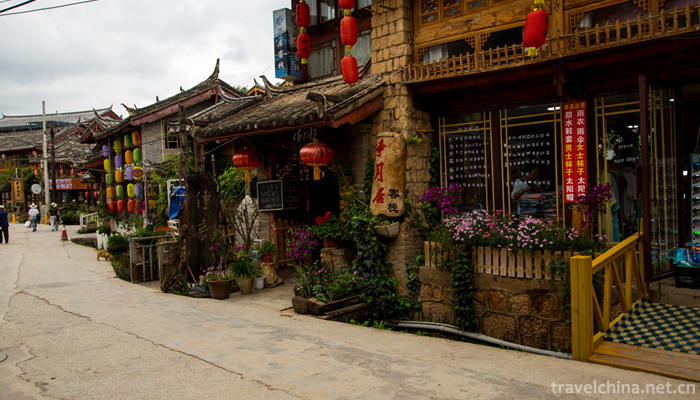
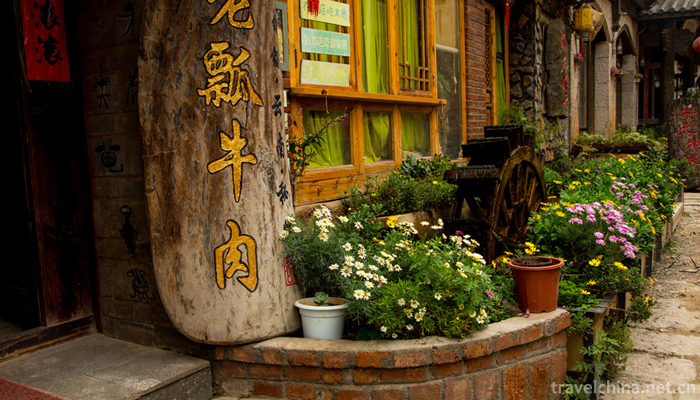

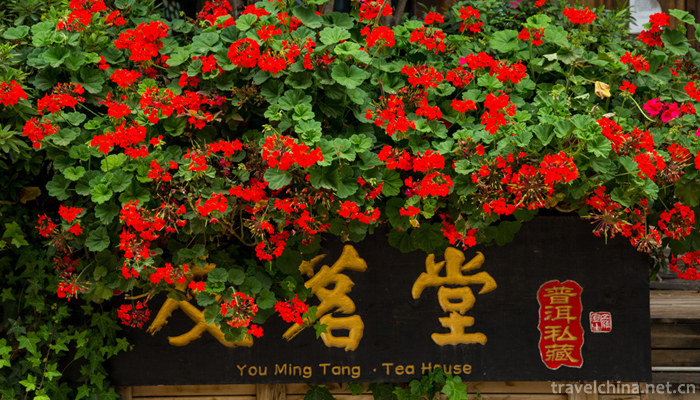

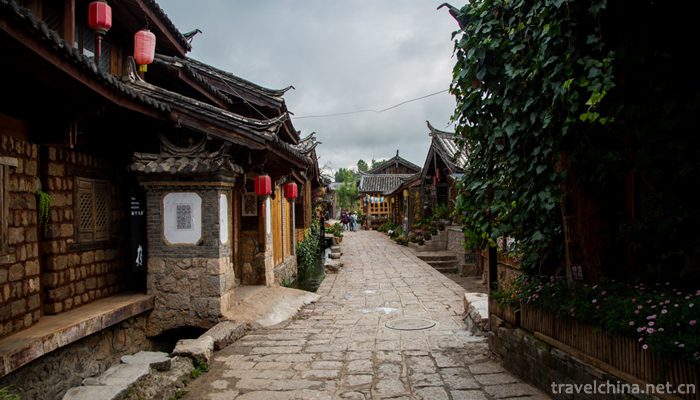
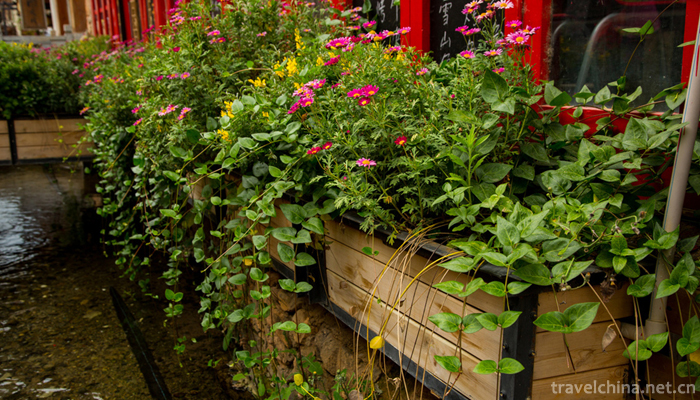
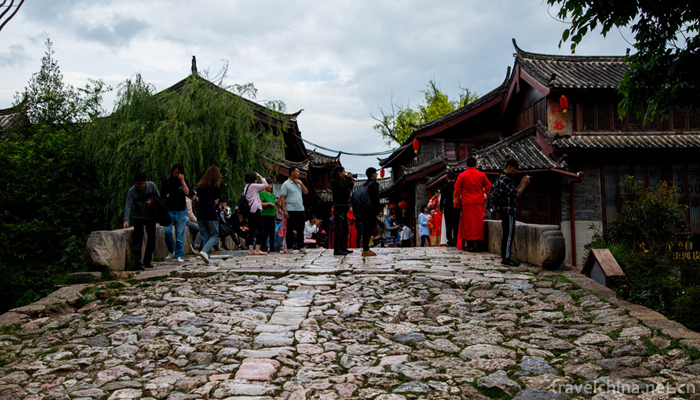
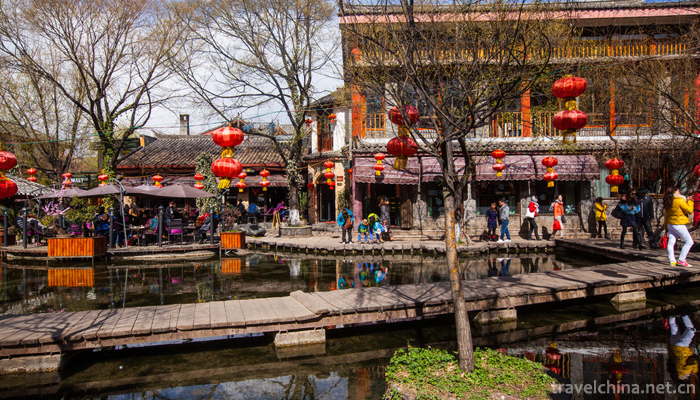
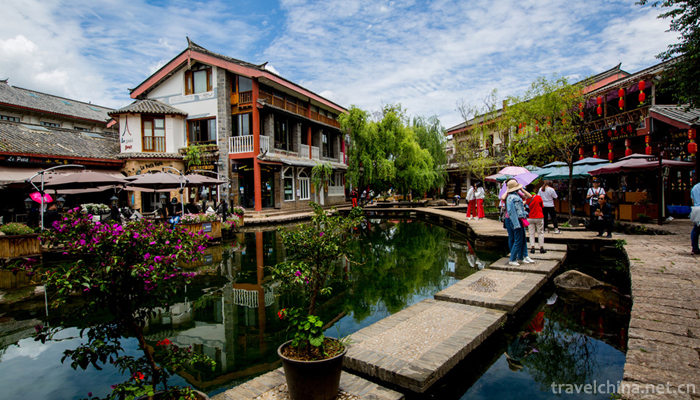
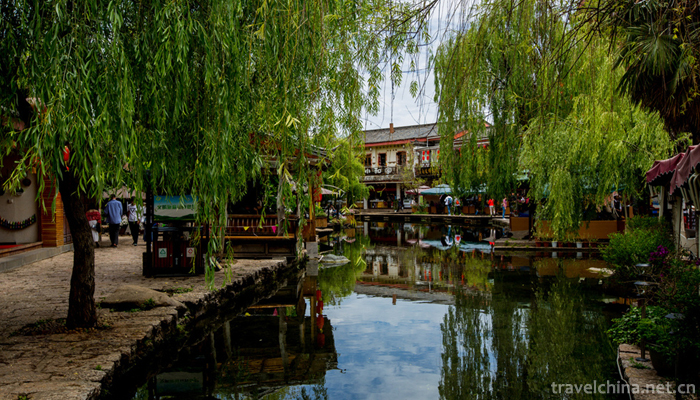
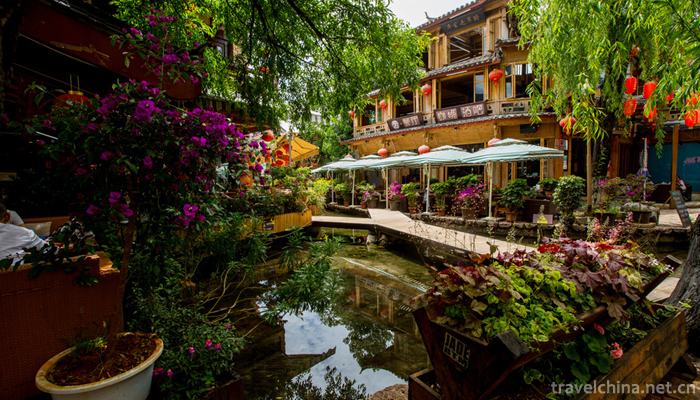
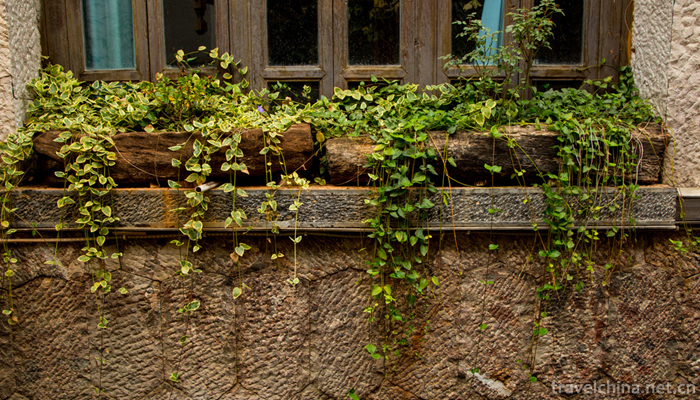
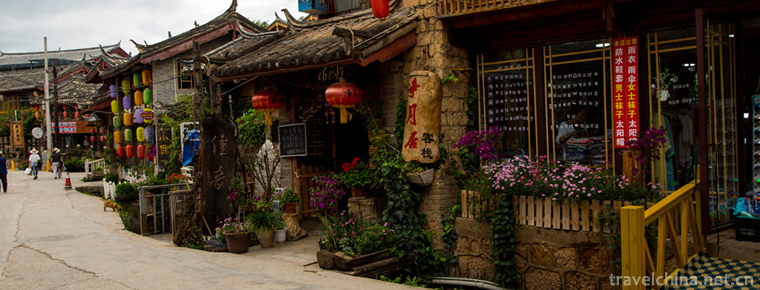
-
1.Kunming CityStone Forest Scenic
Kunming Stone Forest Scenic Area, also known as Yunnan Stone Forest
Time 2018-10-21 -
2.Baisha Lake Scenic Area
Baishahu Lake is one of the important scenic spots in Qianli Gallery in Altay, Xinjiang. It is 100 kilometers from Habahe County, 260 kilometers from Altay Airport, 150 kilometers from Kanas Airport
Time 2018-12-12 -
3.Huhu Water Eco Scenic Spot
Located in the southwestern edge of Pingshan County, Hebei Province, the old revolutionary area, the Biaoshui Eco-Scenic Spot has a tourist area of 11.5 square kilometers, an altitude of 800-1100 mete
Time 2019-01-12 -
4.Bazhen Tofu Box
Firstly, the tofu was cut into pieces and fried into crisp skin tofu. Then, eight kinds of raw materials were cooked together with the fried tofu in one pot. There are different opinions about "B
Time 2019-03-27 -
5.Production Techniques of Dezhou Braised Chicken
Dezhou Grilled Chicken is a kind of poultry meat product cooked slowly in small fire. It is originally produced in Dezhou City, Shandong Province. It is also known as Dezhou Wuxiang Boneless Grilled C
Time 2019-04-26 -
6.Haizi Opera
Hezi Opera is one of the traditional operas in Anhui Province. It was named after the pronunciation of the word "sea". It is popular in some areas of Anhui and Henan
Time 2019-05-03 -
7.Qiang embroidery
Qiang embroidery evolved and developed on the basis of inheriting the ancient Qiang people's embroidery. Mainly distributed in Wenchuan County, two towns and four townships (Mianfu Town, Weizhou
Time 2019-06-10 -
8.Uygur Folk Songs
Uygur folk songs are rich in content, which can be divided into two parts: traditional folk songs and new folk songs. Traditional folk songs include love songs, labor songs, historical songs, Life son
Time 2019-06-26 -
9.Cao Xiu
Cao Xiu(? - 228 years). Pei country Qiao (now Anhui Bozhou People. Three countries the Wei state of the Three-Kingdoms Period General, Cao Cao Clan.
Time 2019-09-15 -
10.Music that Ding Zhen likes
Zhaxi Dingzhen (Chinese Name: Ding Zhen), Tibetan, lives in Litang County, Ganzi Prefecture, Sichuan Province.
Time 2020-12-07 -
11.Leshan Sports
In 2018, Leshan City organized a team to participate in the 13th Sichuan Provincial Games and won 19 gold medals, 25 silver medals and 47 bronze medals. 63 provincial-level sports fitness projects were established, and 279 municipal level national fitness
Time 2020-12-17 -
12.Dazhou Tourism
Dazhou, located in the east of Sichuan Province, has jurisdiction over 4 counties, 2 districts and 1 city, covering an area of 16600 square kilometers and a total population of 7 million. It is a city with a large population, rich resources, an important indu
Time 2020-12-20